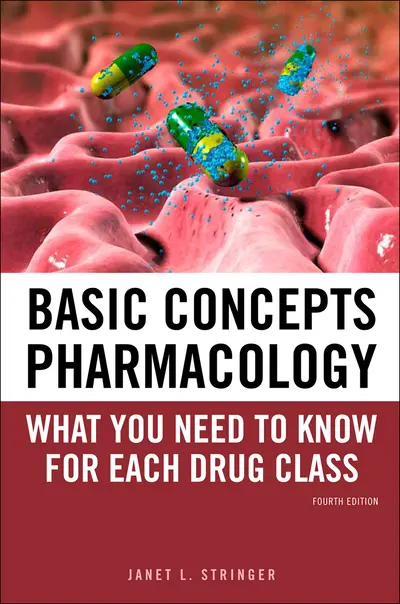My Account Details

ISBN10: 0071769420 | ISBN13: 9780071769426

Step 1 . Download Adobe Digital Editions to your PC or Mac desktop/laptop.
Step 2. Register and authorize your Adobe ID (optional). To access your eBook on multiple devices, first create an Adobe ID at account.adobe.com. Then, open Adobe Digital Editions, go to the Help menu, and select "Authorize Computer" to link your Adobe ID.
Step 3. Open Your eBook. Use Adobe Digital Editions to open the file. If the eBook doesn’t open, contact customer service for assistance.
A time-saving, stress-reducing approach to learning the essential concepts of pharmacology
Great for USMLE review!
"This could be a very useful tool for students who struggle with understanding the most basic concepts in pharmacology for course and licensure examinations. 3 Stars."--Doody's Review Service
Basic Concepts in Pharmacology provides you with a complete framework for studying -– and understanding -- the fundamental principles of drug actions. With this unique learning system, you’ll be able to identify must-know material, recognize your strengths and weaknesses, minimize memorization, streamline your study, and build your confidence. Basic Concepts in Pharmacology presents drugs by class, details exactly what you need to know about each class, and reinforces key concepts and definitions.
With this innovative text you’ll be able to:
- Recognize the concepts you truly must know before moving on to other material
- Understand the fundamental principles of drug actions
- Organize and condense the drug information you must remember
- Review key information, which is presented in boxes, illustrations, and tables
- Identify the most important drugs in each drug class
Seven sections specifically designed to simplify the learning process and help you gain an understanding of the most important concepts:
- General Principles
- Drugs That Affect the Autonomic Nervous System
- Drugs That Affect the Cardiovascular System
- Drugs That Act on the Central Nervous System
- Chemotherapeutic Agents
- Drugs That Affect the Endocrine System
- Miscellaneous Drugs (Includes Toxicology and Poisoning)
Need support? We're here to help - Get real-world support and resources every step of the way.
